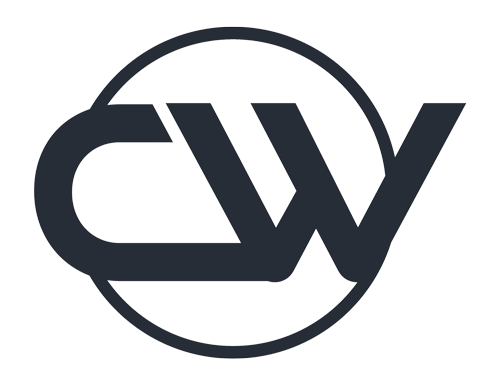Espresso is coffee brewed by forcing a small amount of nearly boiling water under pressure through finely ground coffee beans. As a result of the pressurized brewing process, the flavors and chemicals in a cup of espresso are very concentrated.
Analytics is quantified performance data generated by processing data through a simultaneous application of statistics, computer programming and operations research. As a result of the data management process, the data and findings in an analytics report are focused and value added.
The connection between espresso and analytics was made while sipping on the former doing the later (due diligence to determine the value of a target acquisition).
Do you think performance scorecards and dashboards resemble a coffee menu at your café? The coffee house menu caters to a wide range of tastes, performance scorecards and dashboards cater to the varied information needs of the executives and managers.
There is an Espresso Hierarchy. First there is the shot of espresso: direct, understandable and verifiable. At the next level are the other coffee offerings that use a shot(s) of espresso: caffè latte, cappuccino, caffè macchiato, caffè mocha, flat white and caffè Americano. Then there are the derivatives driven by types of milk, seasonal versions and flavor additives.
What should an analytics hierarchy look like?
Read More

